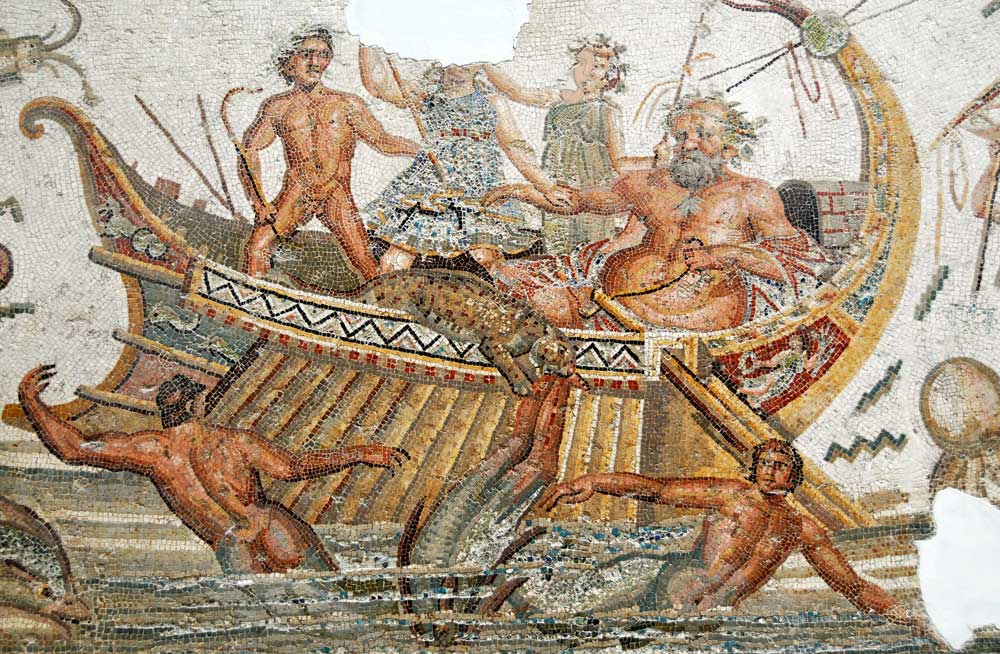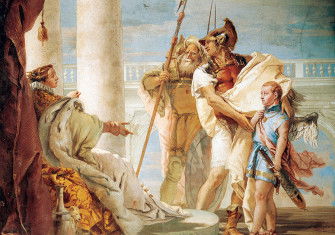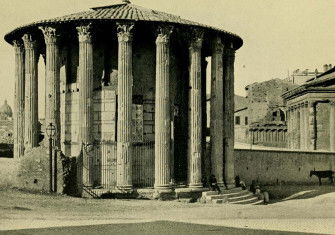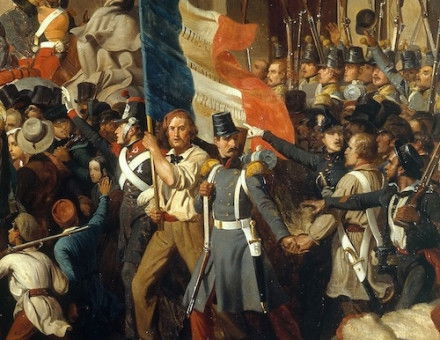Ancient Outtakes
Depicting an ancient world in which Amazons fought alongside men, winds had distinct characters, and tortoises sang.

The classicist Adrienne Mayor first came to public attention with The First Fossil Hunters (2000) in which she argued that ancient tales of giants and dragons were not imaginary but were based on observations of fossil bones. In subsequent books on Amazons, ancient warfare and the ‘poison king’ Mithridates, she has continued to examine what she calls ‘the outtakes of ancient history’. Her work walks the fine line between scholarly and popular history and demonstrates the power, as well as the peril, of that approach.
Flying Snakes and Griffin Claws is a compilation of 50 essays dating from the mid-1980s to 2021. Most were originally published either as blog posts or in magazines ranging from Archaeology to Modern Ferret. The book covers a wide array of topics from classical conundrums to perfumes for men, mingling history, archaeology, palaeontology and anthropology. It is a book to dip into rather than read straight through, and has few references. Mayor acknowledges this in her introduction, writing that these essays could ‘serve as dots for tracing the trajectory of my thinking’. That would be easier if they were arranged chronologically. As it is, the reader gets random glimpses of her multiple interests.
This book also serves, perhaps inadvertently, as a memoir. Mayor details her decades-long passion for pet ferrets in an essay that readers will find either hilarious or tedious, and includes two pieces that trace her development as a scholar engaged in what she calls ‘free-range roaming’ in libraries, seeking the ‘unclassified residua’ that most scholars did not think were worth pursuing. One of these, the longest – and best – essay in the book, takes the form of a letter to an imaginary palaeontologist friend, detailing Mayor’s extended search for fossil evidence of the ancient animal known as a griffin. She describes a decade of investigations in libraries and museums, supplementing her reading of ancient histories with riding motorbikes along the dusty summer roads to Mytilene and its fossil museum, and looking at dinosaur eggs in Montana. In her introduction, Mayor refers to this essay as ‘rather mortifying’, perhaps because it is so personal.
Mayor’s work has not been without controversy. One prominent palaeontologist called her work on the griffin ‘science-like’, not scientific. Classical scholars too have had mixed feelings, and some have been uncomfortable with her use of what she calls ‘disciplined alternative history’ or ‘scientific imagination’ to fill historical gaps. In Flying Snakes and Griffin Claws, Mayor shows herself to be quite aware of the tensions between scholarly and popular history and between science and imagination. She believes that we need both kinds of historical writing and her work attempts the difficult task of merging cold facts and warm leaps of imagination. When she succeeds the result is both informative and vastly entertaining. At her best – and there are many examples of her best work in Flying Snakes and Griffin Claws – she transports her readers to an ancient world in which dolphins patrolled the seas looking for humans to rescue, Amazons fought alongside men, winds had distinct names and characters, and tortoises sang.
Flying Snakes and Griffin Claws: and Other Classical Myths, Historical Oddities, and Scientific Curiosities
Adrienne Mayor
Princeton University Press 448pp £16.99
Buy from bookshop.org (affiliate link)
Anita Guerrini is Emeritus Professor of History at Oregon State University in Corvallis, Oregon.






